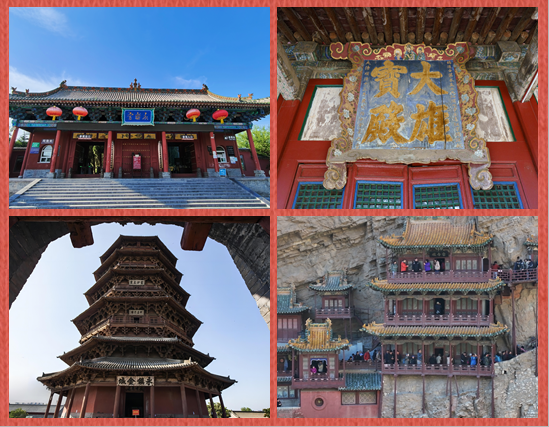Shanxi unveils first guide for intangible cultural heritage protection
Updated: 2023-09-20
A launch event for The Blue Book of Shanxi Intangible Cultural Heritage (ICH): Report on the Conservation and Development of Shanxi Intangible Cultural Heritage (2022-2023) was held on Sept 19 in Taiyuan, capital of North China's Shanxi province.
Jointly published by Shanxi University and the Institute of Intangible Cultural Heritage of Shanxi Department of Culture and Tourism, the book is divided into eight parts, including a preface, two general reports, three thematic reports, and an appendix.
It also features eight articles in the sections about ICH and cultural industries, the integration of ICH and tourism, protection and the inheritance of ICH, and social participation in ICH.
The preface describes the background and value of publishing the book, and provides guidance for understanding and reflecting on the current work in ICH conservation based on a summary of 20 years of such efforts by China.
The general reports discuss the basic situation, development status, achievements, and existing problems of ICH conservation in Shanxi from the perspectives of practical work and theoretical research.
They review, analyze, reflect, and look forward to the practices used to identify and protect the 10 major categories of ICH resources in Shanxi, and put forward measures and suggestions to further strengthen such conservation efforts.
The theme-based reports start from the research results of three subjects, namely the inheritance and protection of Shanxi folk arts, Jinzhong National Cultural Ecological Protection Zone, and the protection of ICH in the Yellow River basin.
With a history of 5,000 years, Shanxi boasts rich and diverse ICH resources. Currently, there are 182 national-level intangible heritage projects and 149 national-level ICH inheritors in the province.
In January, the city of Jinzhong became an officially recognized national cultural ecological protection zone.
Chen Shaoqing, deputy director of the Shanxi Department of Culture and Tourism, said at the launch event that this book, the first of its kind in the province, not only provides important academic support for the ICH conservation work of governments at all levels in the province, relevant institutions, and promoters, but also holds significance for systematic ICH protection, as well as the creative and innovative development of traditional Chinese culture.



